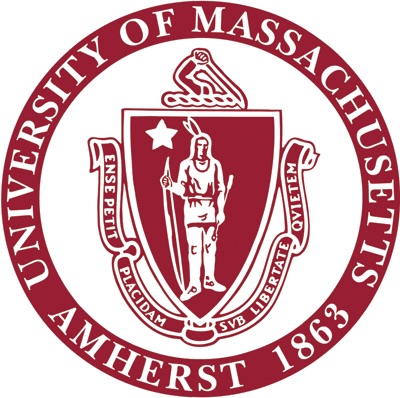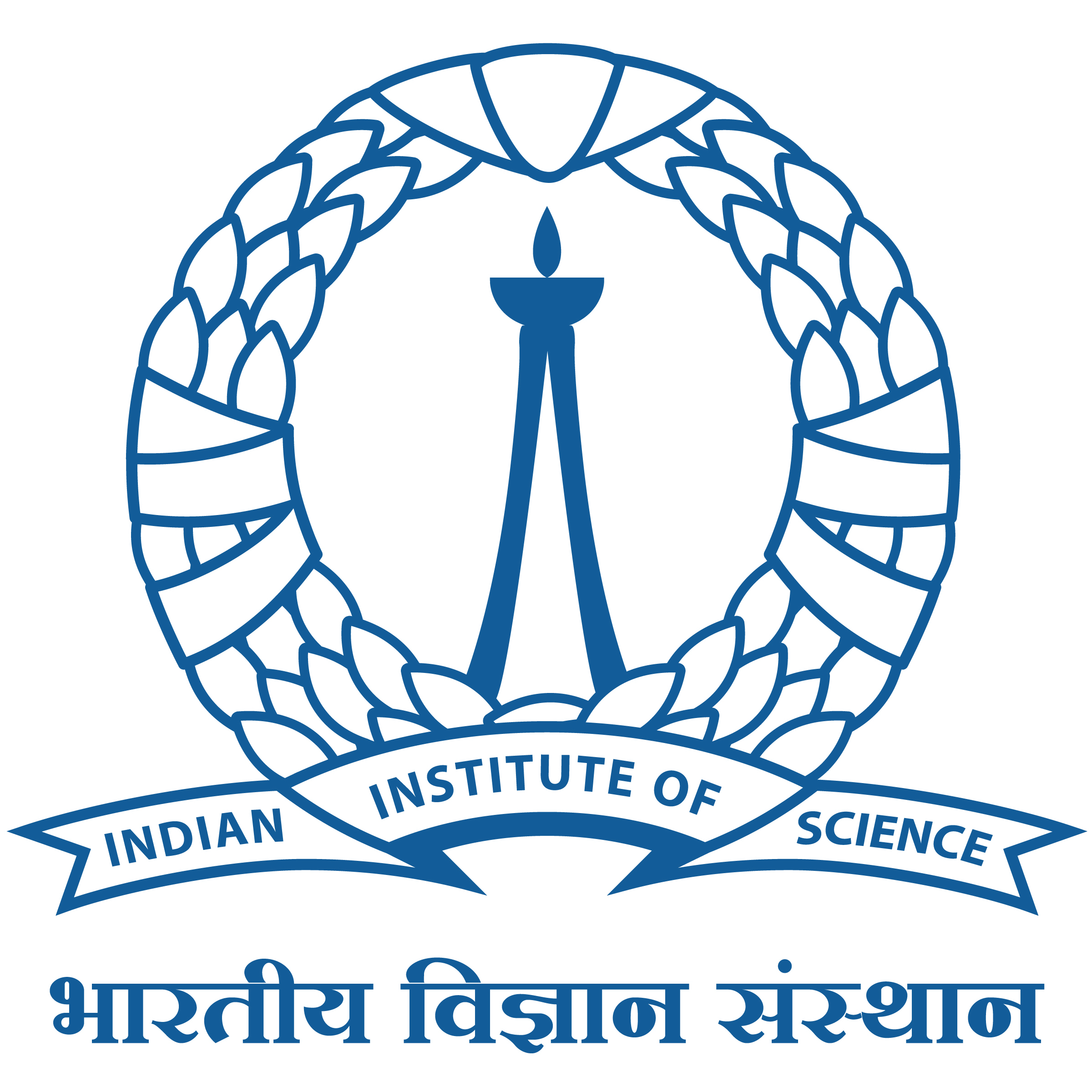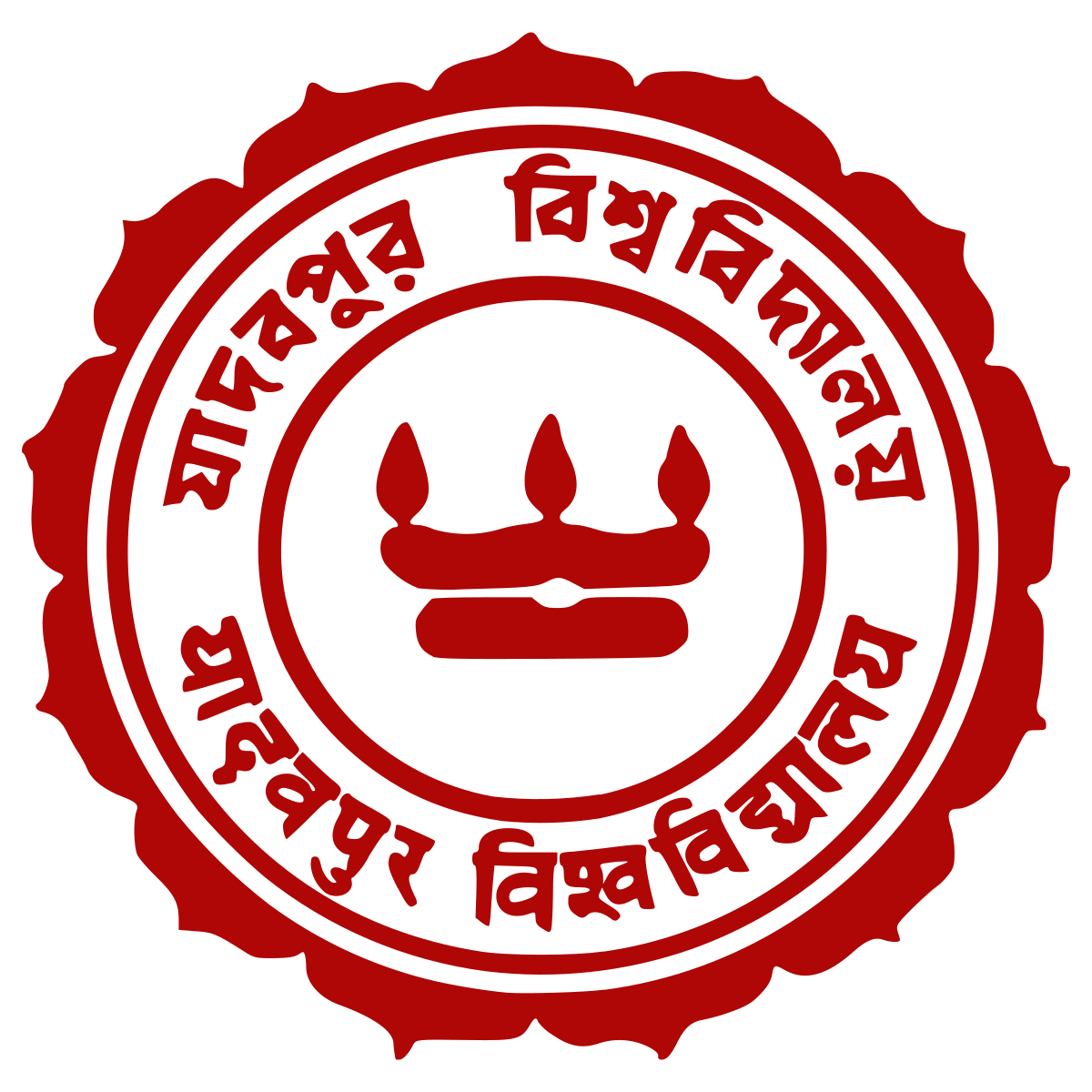Bio
I am currently a 5th-year Ph.D. student in the College of Information and Computer Sciences at UMass Amherst, working with
Prof. Andrew McCallum at IESL.
My research is focused on developing set-based representation learning techniques, with applications in natural language processing and information retrieval.
I earned my Master’s degree from the Indian Institute of Science (IISc) in 2018, where I was part of the Machine and Language Learning (MALL) Lab, working with Prof. Partha Talukdar.
In addition to my academic research, I have gained valuable industry experience through work/internships with leading researchers, including Dr. Tijmen Tieleman at Minds.ai, Dr. Steffen Rendle at Google Research, Dr. Achille Fokoue at IBM Research, and Dr. Tobias Schnabel at Microsoft Research.
Research Areas
Representation Learning: My PhD thesis focuses on set-based representation learning using Box Embeddings – trainable Venn diagrams that model logical reasoning and set-based similarity. Box embeddings provide a structured alternative to vector-based similarity measures like dot product by encoding inclusion, intersection, and exclusion relationships. I improved the training stability and local identifiability of box embeddings (Improving Local Identifiability), enabling more accurate modeling of complex set-theoretic relationships. In Word2Box, I showed that box embeddings outperform traditional word embeddings in representing hierarchical and compositional semantics. My work on Box-to-Box Transformations demonstrated their effectiveness for joint hierarchical modeling in knowledge graph completion and reasoning.
Information Retrieval: Box embeddings improve real-world IR tasks like faceted search, recommendation systems, and web browsing by better handling compositional queries. In Answering Compositional Queries with Set-Theoretic Embeddings, I proposed a framework for handling queries like "Jazz but not Smooth Jazz" or "Animation ∩ Monsters," where traditional vector models often fail. My work on Personalized Recommendation with Set-Theoretic Constraints explored attribute-aware recommendations, enhancing performance when user preferences follow set-based patterns. I also integrated box embeddings with transformer-based dual encoders, improving search and personalized recommendation performance (results coming soon). At Microsoft, I developed a hybrid approach combining traditional collaborative filtering with LLM-based similarity estimation to enhance recommendation accuracy.
Knowledge Base Representation: My research explores improving knowledge base representation by developing methods that capture both structural and temporal dependencies in large-scale knowledge graphs. In HyTE, I proposed a hyperplane-based embedding method to model the temporal evolution of facts in knowledge graphs. HyTE introduced a novel temporal axis in embedding space, allowing for more accurate reasoning over time-dependent relationships. My work on Neural Dater applied graph convolutional networks (GCNs) to predict the dates of historical documents, showing that structured representations improve temporal inference.
Building on my Ph.D. research, I have extended box embeddings to probabilistic knowledge bases, where uncertainty and hierarchical relationships are key challenges. Box embeddings provide a natural geometric representation for encoding uncertainty and capturing the complex structure of multi-relational data. In Probabilistic Box Embeddings for Knowledge Graph Reasoning, I showed that box-based models outperform traditional embeddings in capturing hierarchical and compositional properties of knowledge bases, improving both link prediction and query answering performance. My work demonstrates that box embeddings can effectively handle partial and uncertain information, making them suitable for real-world knowledge graphs.
Education

P.h.D. in Computer Science
University of Massachusetts Amherst.
Started PhD in Fall 2019.
Thesis on Set Theoretic Representation Learning. Supervised by
Prof. Andrew McCallum. Published and presented in multiple top-tier ML/NLP conferences.

Master of Technology in System Science and Automation
Indian Institute of Science, Bangalore. M.Tech. 2018.
Thesis on Temporal Information Processing. Published fundamental research work on temporal
representation of knowledge bases.

Bachelor of Engineering in Electrical Engineering
Jadavpur University B.E. 2015.
Experience





-
Microsoft Research Summer 2024
- Research Intern, Manager - TOBIAS SCHNABEL
- Integrated LLMs in Recommendation Systems in an efficient and editable way, using a RAG-based approach with GPT-4.
- Achieved 50% improvement in human preference alignment over state-of-the-art algorithms.
-
IBM Research Summer 2023
- RESEARCH INTERN, MANAGER - ACHILLE FOKOUE
- Developed a dataset to evaluate and fine-tune LLM agents for business processes, emphasizing tool usage and multistep planning for accurate process execution.
-
Google Research Summer 2022, Fall 2022
- RESEARCH INTERN, MANAGER - STEFFEN RENDLE
- Introduced a benchmark to address compositional queries (e.g., Jazz but not Smooth Jazz) in recommendation systems.
- Designed a set-based embedding method, outperforming traditional vector-based baselines by 25% on the proposed benchmark.
-
IBM Research Spring 2022
- RESEARCH EXTERNSHIP, MENTOR - KEN CLARKSON (IBM), CAMERON MUSCO (UMASS AMHERST)
- Engineered a hashing-based fast and scalable technique for learning word embeddings with only a single pass over the data.
-
Adobe Research Summer 2021
- DOCUMENT INTELLIGENCE RESEARCH INTERN, MANAGER - DR. TONG SUN
- Proposed a dual embedding method to impose a hierarchical structure on vector-based representation using geometric embedding.
-
Minds.ai 2018 - 2019
- NEURAL NETWORK ENGINEER, MANAGER - DR. TIJMEN TIELEMAN
- Developed a Graph Convolutional Network (GCN)-based molecular property predictor to aid automated drug discovery.
- Built a deep reinforcement learning-based controller to increase battery life and fuel efficiency for hybrid vehicles.
Publications
Please visit my Google Scholar page for an updated list of publications.
-
Shib Dasgupta, Michael Boratko, Andrew McCallum.
A Geometric Approach to Personalized Recommendation with Set-Theoretic Constraints Using Box Embeddings.
In-Submission: ICML 2025 – Recommendation Systems
-
B. Rozonoyer, M. Boratko, D. Patel, W. Zhao, Shib Dasgupta, H. Le, A. McCallum.
Learning Representations for Hierarchies with Minimal Support.
NeurIPS 2024 – Machine Learning
-
Shib Dasgupta, Andrew McCallum, Steffen Rendle, Li Zhang.
Answering Compositional Queries with Set-Theoretic Embeddings.
ArXiv 2023 – Information Retrieval
-
Shib Dasgupta, Michael Boratko, S. Atmakuri, Xiang Lorraine Li, D. Patel, Andrew McCallum.
Word2Box: Capturing Set-Theoretic Semantics of Words using Box Embeddings.
ACL 2022 – NLP
👉 [Talk Link]
-
EunJeong Hwang, Veronika Thost, Shib Sankar Dasgupta, Tengfei Ma.
An Analysis of Virtual Nodes in Graph Neural Networks for Link Prediction.
LoG 2022 – Graph Neural Networks
-
Michael Boratko, D. Patel, Shib Dasgupta, Andrew McCallum.
Measure-Theoretic Set Representation Learning.
ArXiv 2022 – ML Theory
-
Michael Boratko, Javier Burroni, Shib Sankar Dasgupta, Andrew McCallum.
Min/Max Stability and Box Distributions.
UAI 2021 – ML Theory
-
Shib Dasgupta, Xiang Lorraine Li, Michael Boratko, Dongxu Zhang, Andrew McCallum.
Box-To-Box Transformations for Modeling Joint Hierarchies.
ACL (Rep4NLP) 2021 – Graph Learning
-
Xuelu Chen, Michael Boratko, Muhao Chen, Shib Dasgupta, Xiang Li, Andrew McCallum.
Probabilistic Box Embeddings for Uncertain Knowledge Graph Reasoning.
NAACL 2021 – Graph Learning
-
T. Chheda, P. Goyal, T. Trang, D. Patel, M. Boratko, Shib Dasgupta, Andrew McCallum.
Box Embeddings: An Open-source Library for Representation Learning using Geometric Structures.
EMNLP (Demo Track) 2021 – Open Source Contribution
-
Shib Dasgupta*, Michael Boratko*, Dongxu Zhang, Luke Vilnis, Xiang Li, Andrew McCallum.
Improving Local Identifiability for Probabilistic Box Embeddings.
NeurIPS 2020 – Machine Learning
👉 [Talk Link]
-
Dhruvesh Patel*, Shib Sankar Dasgupta*, Michael Boratko, Xiang Li, Luke Vilnis, Andrew McCallum.
Representing Joint Hierarchies with Box Embeddings.
AKBC 2020 – Graph Learning
-
Shib Dasgupta, Swayambhu Nath Ray, Partha Talukdar.
HyTE: Hyperplane-based Temporally aware Knowledge Graph Embedding.
EMNLP 2018 – Graph Learning
-
Shikhar Vashishth, Shib Sankar Dasgupta, Swayambhu Nath Ray, Partha Talukdar.
Dating Documents using Graph Convolution Networks.
ACL 2018 – Graph Learning
-
Swayambhu Nath Ray, Shib Sankar Dasgupta, Partha Talukdar.
AD3: Attentive Deep Document Dater.
EMNLP 2018 – Graph Learning
Skills
- Programming Languages: Python, C++, Matlab
- Libraries & Frameworks: PyTorch, TensorFlow, Transformers
- Machine Learning: Deep Learning, Information Retrieval, Natural Language Processing, Recommendation Systems
- Tools & Platforms: Git, Docker, Linux, Jupyter
- Data Handling: Pandas, NumPy
Published Software and Datasets
Mentorship Experience
-
Industry Mentorship Program: Mentored master’s students every year
(15+ students over 5 years) on projects in collaboration with industries, including
IBM, Adobe, Spotify, and Uber.
UMass Amherst, 2021–2025
-
Master's Research Project: Mentored 10+ Master’s students over 5 years,
offering research projects and guidance towards their degree completion.
UMass Amherst, 2021–2025
Awards & Achievements
-
Scholarship: Awarded the W. Bruce Croft Graduate Scholarship in Computer Science.
UMass Amherst, 2020
-
Gold Medal: Awarded the N R Khambhati Memorial Medal for Topper of the class in M.Tech.
IISc, Bangalore, 2019
-
Scholarship: Awarded Non-Student Travel Scholarship by EMNLP, 2018.
EMNLP, 2018
-
All India Rank 47: In GATE–2016 (Graduate Engineering Entrance Test) among ~130,000 applicants.
IISc, Bangalore, 2016
-
All State Rank 166: In WBJEE–2011 (Engineering Entrance Test) among ~130,000 applicants.
Jadavpur University, 2011
-
Scholarship: University Students scholarship by the Government of India for Higher Secondary merit.
Jadavpur University, 2011






